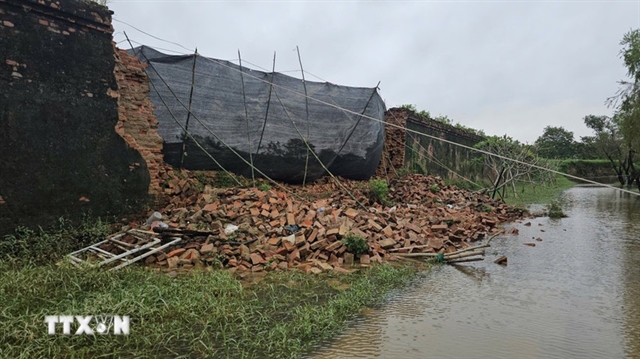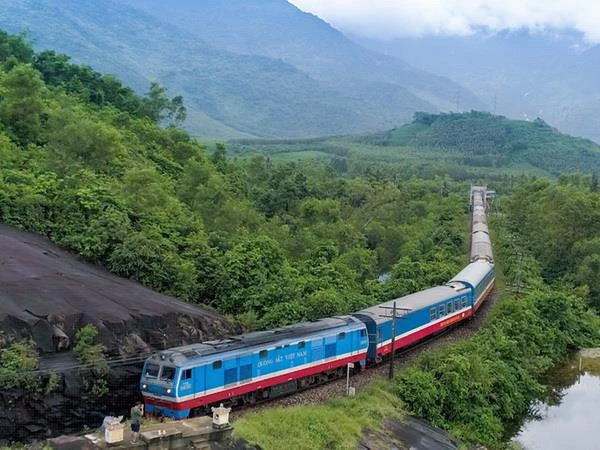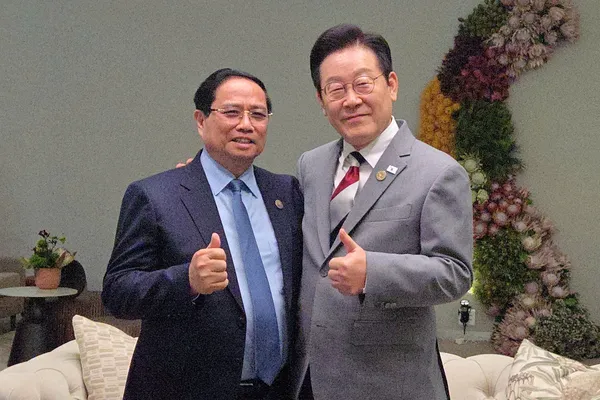 Society
Society


|
| A train on the North-South railway line. — VNA/VNS Photo |
HÀ NỘI — The high-speed railway project must prioritise modernity, consistency and sustainability, in line with the directives of the Politburo.
The Government members came to that conclusion in a document issued on Monday by the Government Office about the investment blueprint for the North-South high-speed railway project.
The feasibility study for this railway should be part of a comprehensive development plan that anticipates the long-term transportation needs across aviation, road, railway, maritime and inland waterway sectors.
High-speed rail is best suited for passenger transport, complementing air travel and handling freight only when necessary. Freight transportation should mainly rely on existing railways, maritime, waterways, and roads.
In terms of investment scenarios, the Ministry of Transport was asked to continue studying and carefully evaluating various options, seeking expert opinions to select the most suitable plan.
Further attention must be paid to finetune the institutional framework, including the revised Railway Law and site clearance mechanism, and restructuring the Vietnam Railways Corporation (VNR).
The ministry must work closely with the Government Office to explore the establishment of a task force to carry out the project, led by Deputy Prime Minister Trần Hồng Hà.
An optimal solution to the project should be submitted to the permanent Government members and Politburo in March while a feasibility study report for the project must be presented to the National Assembly for consideration this year.
The Ministry of Transport was tasked to collaborate with ministries and local authorities to set the stage for investment, technology transfer and the development of skilled labour in the railway sector.
Meanwhile, the Ministry of Planning and Investment, in its role as the permanent agency of the State Appraisal Council, will continue the necessary procedures to assess the feasibility study report of the project.
They will also work alongside the Ministry of Transport to craft cooperation plans with foreign sponsors to secure suitable funding for the project.
The Ministry of Finance will assess the impact of the project investment on public debt, prioritise the allocation of annual State budget for the development of science and technology in the railway sector and analyse the project's financial model in coordination with the Ministry of Transport.
The Ministry of Education and Training will develop a cooperation plan with other countries to coordinate human resource training and research and establish vocational training facilities in the railway sector.
The Ministry of Foreign Affairs will proactively work with foreign partners to call for investment and technology transfer for project construction.
Other tasks were also assigned to other ministries and centrally-run municipal and provincial people’s committees.
The Ministry of Transport was urged to spearhead efforts with the Ministry of Foreign Affairs and other relevant agencies to engage China in finalising agreements, support plans, and investment cooperation for three railway lines of Lào Cai - Hà Nội - Hải Phòng, Hà Nội - Đồng Đăng, Hạ Long - Móng Cái. — VNS




